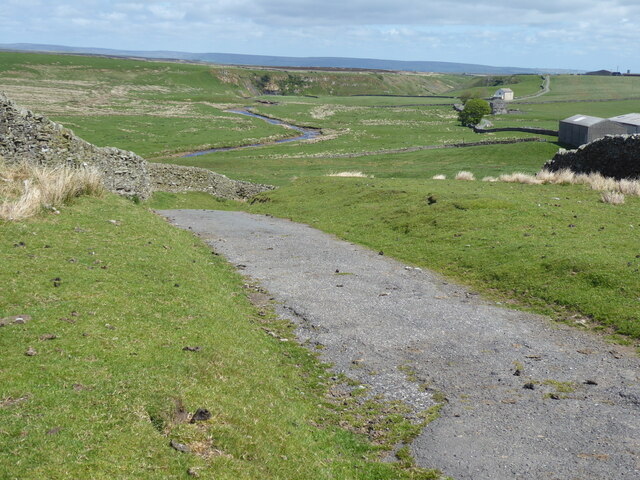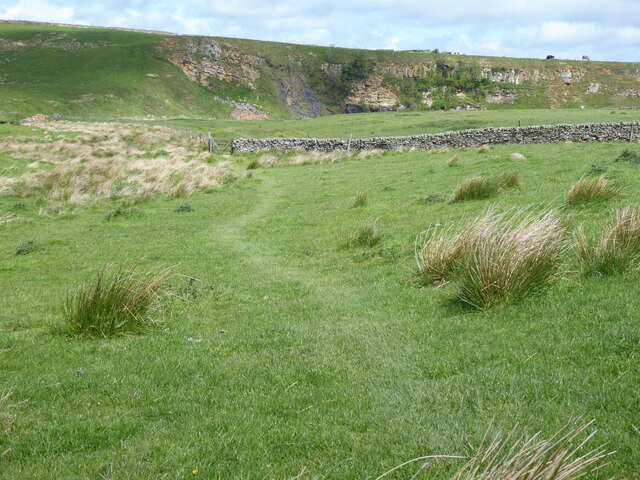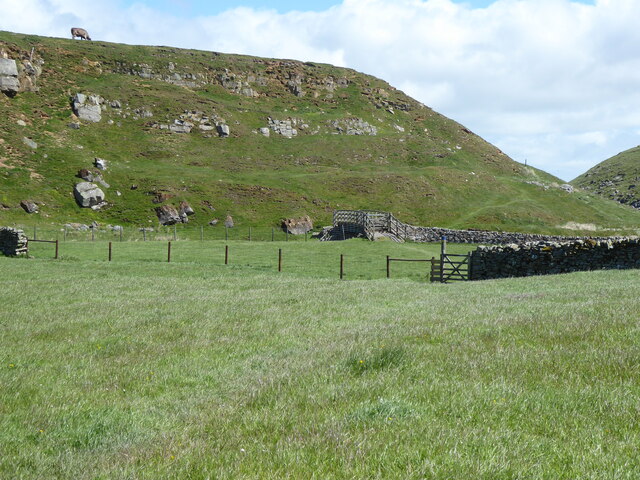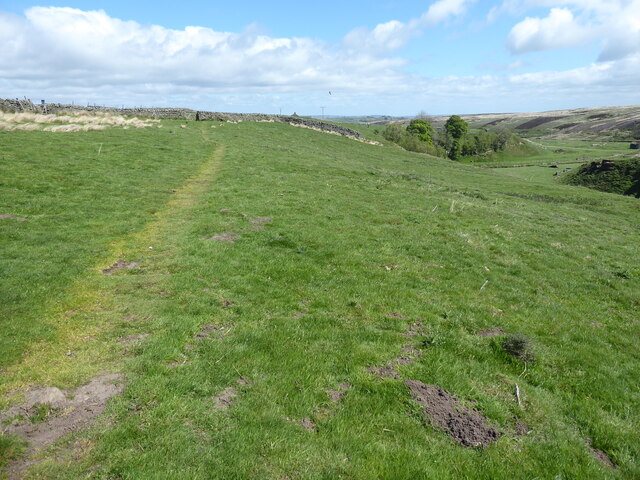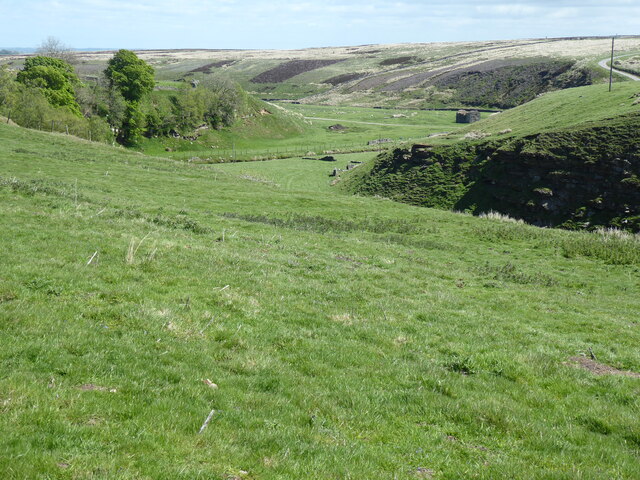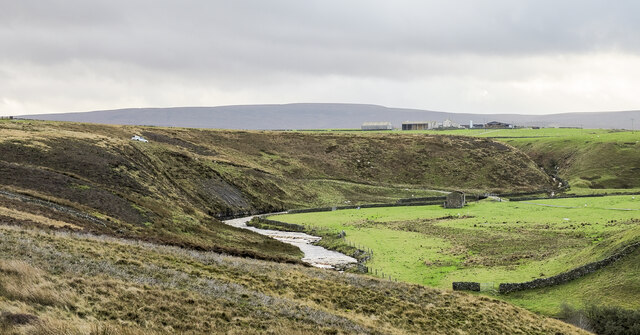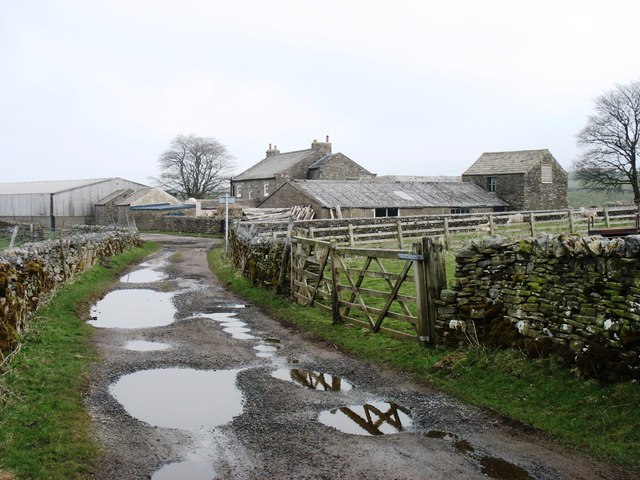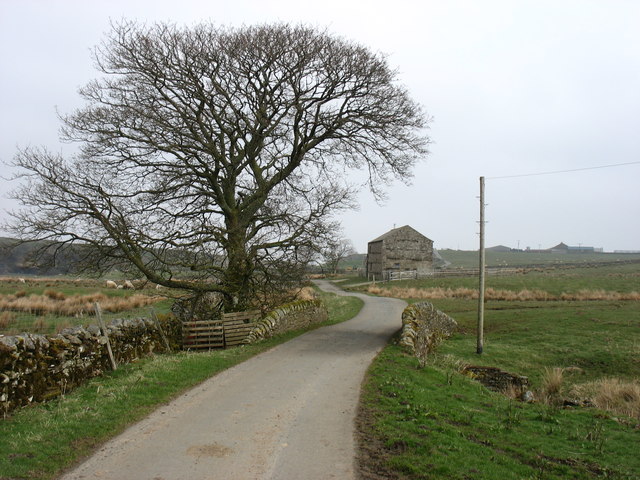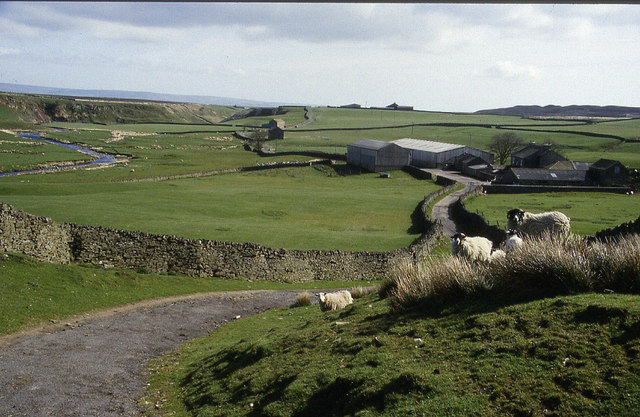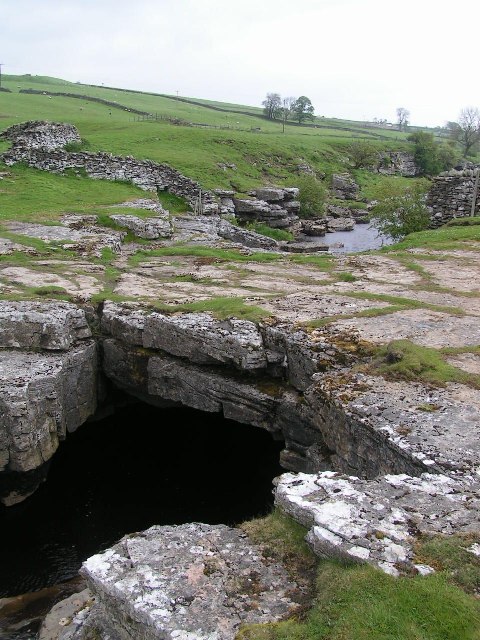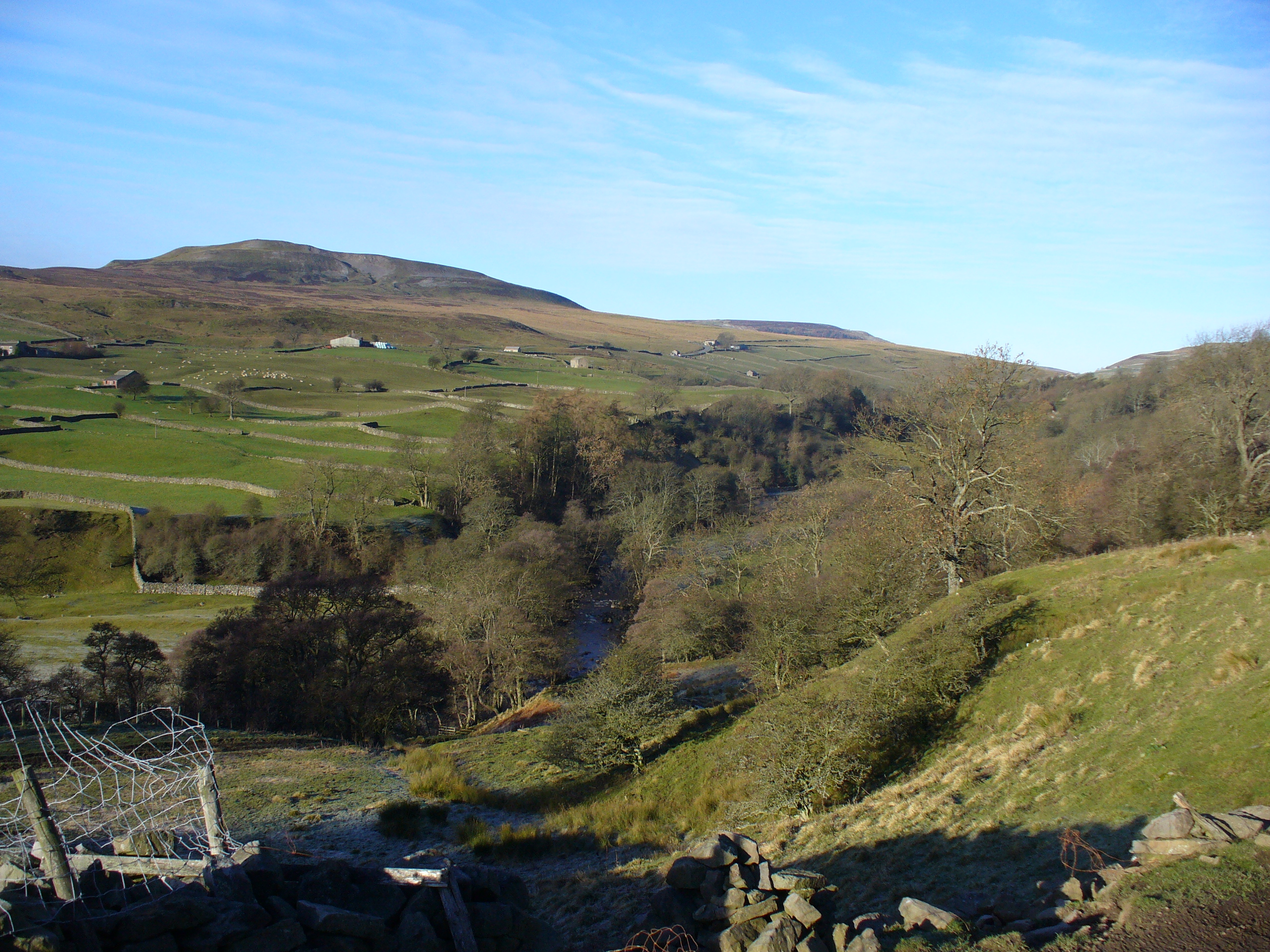Bow Hills Moss
Downs, Moorland in Yorkshire Richmondshire
England
Bow Hills Moss

Bow Hills Moss is a picturesque moorland located in the Yorkshire Downs, England. Situated in the southern part of the North York Moors National Park, it covers an area of approximately 6 square kilometers. The moorland is characterized by its rolling hills, heather-covered slopes, and vast expanses of peatland.
The landscape of Bow Hills Moss presents a unique blend of rugged beauty and tranquility. Visitors to this area can enjoy breathtaking panoramic views of the surrounding countryside, with its patchwork of fields and scattered farmhouses. The moorland is also home to a diverse range of flora and fauna, including heather, bilberry, cotton grass, and various species of birds such as golden plovers and curlews.
One of the main features of Bow Hills Moss is its extensive peatland, which has formed over thousands of years. The peat acts as a natural carbon sink and plays a vital role in the conservation of biodiversity. Additionally, the peatland provides important habitat for several rare and protected species, including the bog rosemary and the black grouse.
Bow Hills Moss offers a range of recreational activities for visitors. Hiking and walking trails crisscross the moorland, allowing visitors to explore its hidden corners and discover its natural wonders. The area is also a popular destination for birdwatching enthusiasts, who can spot a variety of bird species throughout the year.
Overall, Bow Hills Moss offers a captivating and tranquil experience, showcasing the unique beauty of the Yorkshire Downs and moorland landscapes.
If you have any feedback on the listing, please let us know in the comments section below.
Bow Hills Moss Images
Images are sourced within 2km of 54.478886/-2.0594604 or Grid Reference NY9609. Thanks to Geograph Open Source API. All images are credited.

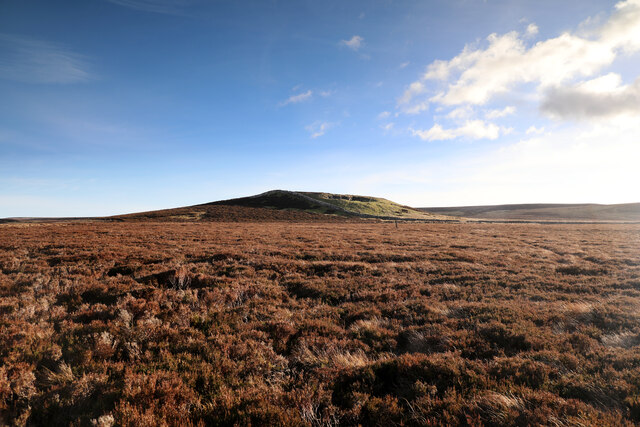
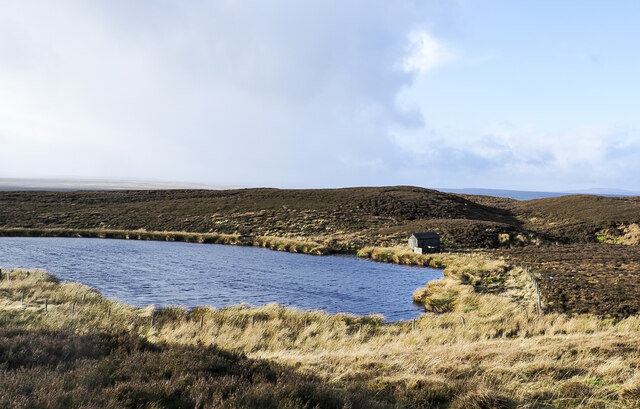
Bow Hills Moss is located at Grid Ref: NY9609 (Lat: 54.478886, Lng: -2.0594604)
Division: North Riding
Administrative County: North Yorkshire
District: Richmondshire
Police Authority: North Yorkshire
What 3 Words
///splint.dating.bogus. Near Bowes, Co. Durham
Nearby Locations
Related Wikis
Sleightholme
Sleightholme is a secluded hamlet on a dead end road in County Durham, England. It lies beside Sleightholme Beck, a tributary of the River Greta. The...
Sleightholme Beck Gorge – The Troughs
Sleightholme Beck Gorge – The Troughs is a Site of Special Scientific Interest in the County Durham district of south-west County Durham, England. The...
Walney to Wear and Whitby Cycle Route
The Walney to Wear and Whitby Cycle Route (or W2W) is the name of a cross-country cycle route in Northern England. It runs from Walney Island in Cumbria...
National Cycle Route 70
National Cycle Network (NCN) Route 70 is a Sustrans National Route that runs from Walney Island in Cumbria to Sunderland. The route is fully open and signed...
God's Bridge
God's Bridge is a Site of Special Scientific Interest in the County Durham district of south-west County Durham, England. It is a natural limestone bridge...
Arkengarthdale
Arkengarthdale is a dale, or valley, on the east side of the Pennines in North Yorkshire, England. Running roughly north-west to south-east, it is the...
Bowes Moor
Bowes Moor is a Site of Special Scientific Interest in the County Durham district in south-west County Durham, England. It is an extensive area of moorland...
Hoove
Hoove is a hill in the northern Yorkshire Dales in North Yorkshire, England, near the town of Barnard Castle in County Durham. Its elevation is 554 metres...
Nearby Amenities
Located within 500m of 54.478886,-2.0594604Have you been to Bow Hills Moss?
Leave your review of Bow Hills Moss below (or comments, questions and feedback).

